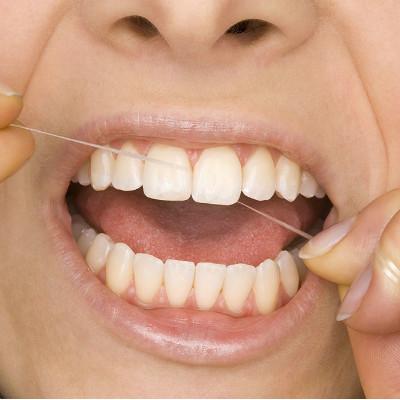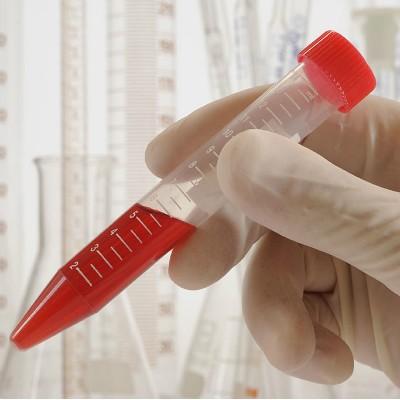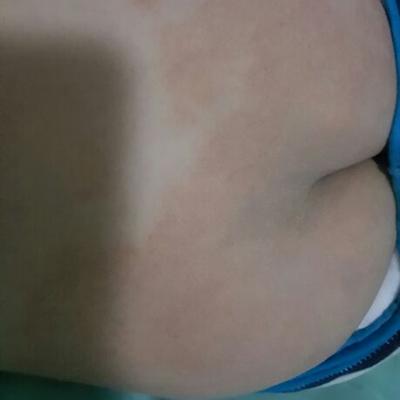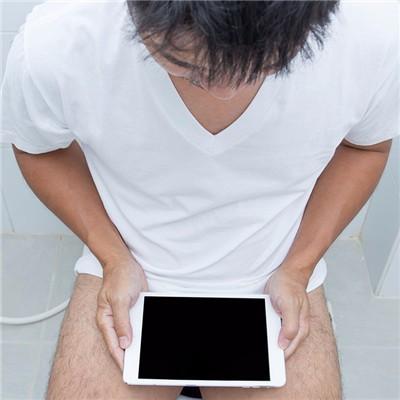How does endoscopic surgery appear serious subcutaneous emphysema to do?
summary
At present, endoscopic surgery has been popular. Due to its small trauma and rapid postoperative recovery, more and more surgeries begin to use endoscopic surgery. The incidence of subcutaneous emphysema in laparoscopic pneumoperitoneum surgery is 2.7%. It is not uncommon to see large area of subcutaneous emphysema with abnormal elevation of PetCO2. Therefore, the subcutaneous emphysema caused by endoscopic surgery should cause the attention of anesthesiologists! Let's share my experience with you.
How does endoscopic surgery appear serious subcutaneous emphysema to do?
① Remind the surgeon: once large area of subcutaneous emphysema is found and PetCO2: extremely high, it is advisable to end the operation as soon as possible or give up laparoscopic pneumoperitoneum for laparotomy. ② Adjust the respiratory parameters: increase tidal volume, increase respiratory rate (15-20 times / nfin), appropriate hyperventilation (10-15 ml / kg)

③ Change sodium lime to reduce CO2 slowly: conduct blood gas analysis in time, pay attention to make PetCO2 level decrease slowly, so as to avoid "CO2 emission syndrome". ④ Monitoring of airway pressure: subcutaneous emphysema can increase airway pressure, high airway pressure can cause respiratory airway pressure injury.

⑤ Support and symptomatic treatment: hypotension, heart rate treatment (nicardipine 0.5mg, intravenous injection, 10-20 mg intravenous drip). If hypercapnia lasts for a long time and acid-base imbalance is serious, sodium bicarbonate (5% sodium bicarbonate 100ml intravenous drip) should be used according to the situation, and appropriate diuresis. Correct the disorder of acid-base balance. If complicated with arrhythmia, it should be treated accordingly.

matters needing attention
Remind the surgeon: don't excessively pursue the wide field of vision in the operation, and set too high pneumoperitoneum pressure; At the same time, the operation should be careful to avoid repeated puncture of pneumoperitoneum needle into abdominal cavity. The incision of abdominal wall should be small, and no extra space should be left.















